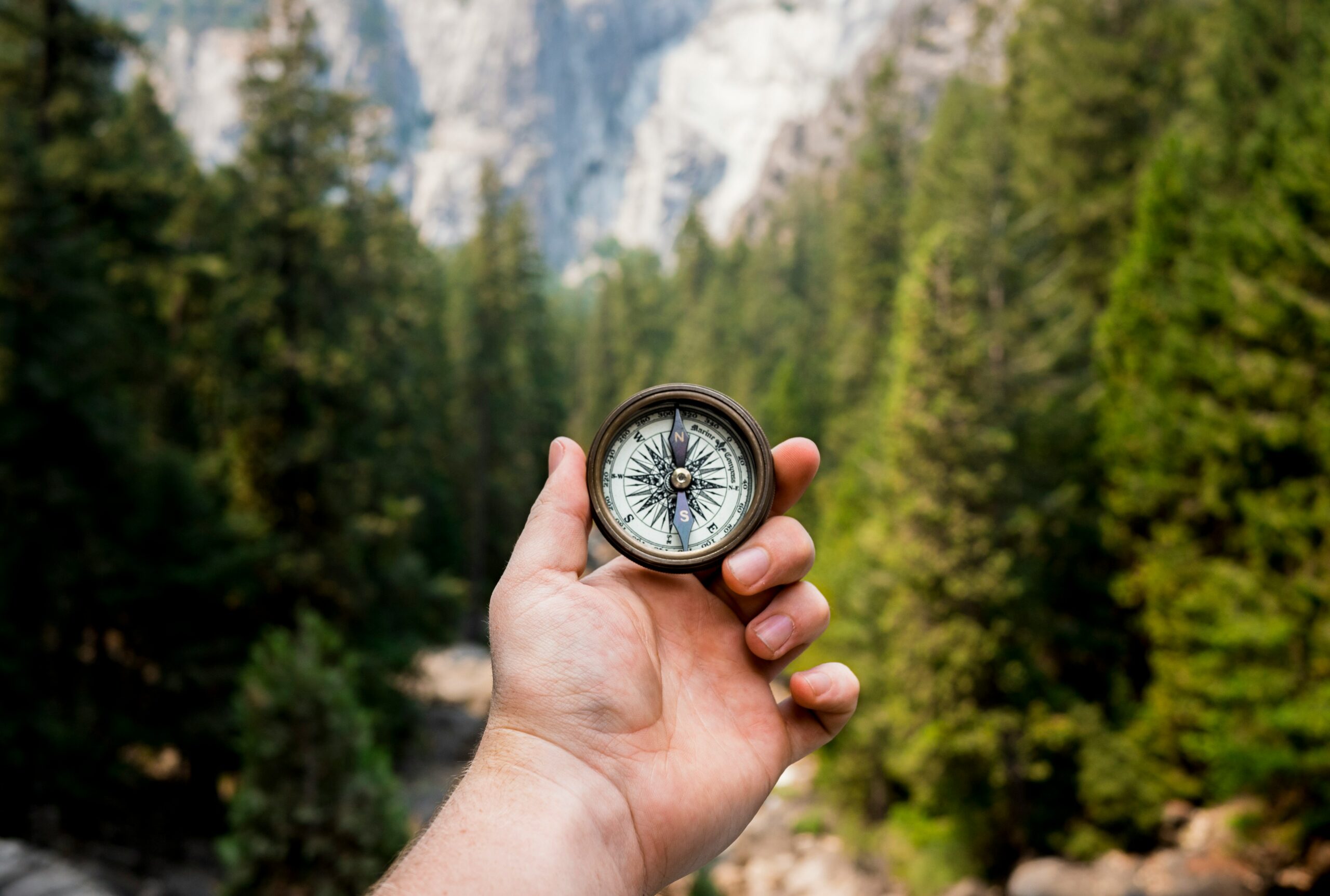This is part 3 of the essay on anger. You can read here part 1 and part 2.
Anger as personal power
Would we be able to say ‘No’ if we rarely felt annoyed? Could we assert ourselves, maintain our self-respect, our identity, our personality, our core self, our essence, if we are not in touch with our spirit of ire? Anger and assertiveness are our personal power, “a healthy protest” (Jeremy Holmes). It is part of our moral compass, our values, needs, and standards. Our aliveness. To quote Pauline Gordon: “Anger is our life force, our protector, it makes me who I am, how I stand up for myself”. When someone gets into our space and crosses our boundaries, a healthy anger says: “No, get out, stay away!” (dr Gabor Mate). And once it has done its job, it dissipates; it is not needed anymore. It has a fleeting nature.

I love anger; it’s my loyal friend. It’s invigorating, the fiery, feisty, relentless power in me that makes me want to move, question reality, rebel against, and improve things: within me and the world. It’s my radar – anytime I feel it, I know there is something off. It’s impossible for me to sit and get cooked in anger. Anytime I feel mad or irritated, it acts as a catalyst for me to grow, evolve, challenge my thinking, actions, and learn from my experiences. It’s a form of little crisis that sends me eventually to the bright side once I process and channel it. It’s liberating.
When I feel mistreated, manipulated, dismissed, or offended, anger is my ally, urging me to address it, speak up, confront, ask for recognition, and compensation. I do it fiercely. It is not even a matter of choice; the fire, the mental itch, self-respect, and my sense of justice are stronger than any kind of fear or hesitation. I must assert and stand up for myself; otherwise, it would be self-abandonment, self-betrayal. Of course, as much as possible, I do it with grace, respect, and even humour, if I decide to confront someone. Or, I find other forms and solutions to satisfy my internal advocate, until I rest. And after I resolve it, it subsides. I don’t consciously think about letting it go. The letting go of anger over time becomes a side effect of my addressing it fully within my power.
Irritation with ourselves can also motivate us internally to stop, take a moment, and reflect on our thoughts and actions. It can reveal our internal misalignments and incongruences with our values. We need to get sufficiently angry to say “No” to ourselves too: “That’s enough! I’m gonna stop this behaviour and change my mindset or a trait that doesn’t serve me anymore”. Or: “Enough of it! I’m gonna live my life the way I want to, why do I care so much about what others think of me?”.
One needs some level of anger to discover and establish their personality and move towards a “positive disintegration” (Kazimierz Dąbrowski). To illustrate it, think of a chameleon, a “shapeless” person with no internal sense of self or moral backbone, not aware of their rights and opinions, who can be easily manipulated, enmeshes with others, and loses themselves in relationships. It would be hard for them to even know that they are allowed to get annoyed. Now, for contrast, imagine a horse or a lion; an assertive individual that stands solid with their dignity, adequate self-respect and self-esteem, who thinks for themselves and is unafraid to speak up, roar. Do you think they could build and maintain this identity without accessing their anger?
Who is more at risk of being manipulated and taken advantage of by their family, work, the system, or strangers? Who is more prone to comply, conform, follow the crowd, vs. who is bold to question, challenge, disagree, rebel? When we (meaning government, people in power) create a type of society that cannot access their anger, we create sheep that follow mindlessly and are willing to give up their freedom, their agency, for an apparent safety, read: control, and comfort. Many governments and states have been using this strategy to subjugate their citizens.

I’m suspicious of people who claim that they don’t get angry, or who rarely show it. One type is being a people pleaser who is trying to make everyone else happy, often at their own expense. As Dr Gabor Mate describes:
“They become people pleasers when they learn that unless they please others, they won’t be accepted. And being accepted, that attachment is essential. So, they repress their own needs for the sake of meeting the needs of others”.
This explains the people pleasing roots from an early childhood, but an adult people pleaser is a bit of a liar, dishonest, or incongruent in what they say or accept vs. what they really feel and think. Similarly, there is a difference between being nice vs. kind. Being nice is a surface-level behaviour often motivated by the desire to be liked. By contrast, kindness is driven internally and might not always look pleasant to others. For instance, if I’m standing up for my friend against someone who is offending them, I can’t be nice to that person. My annoyance will be visible. If someone is always nice and never shows any irritation, which can’t be real, how can I know that they are genuinely caring? On the other hand, someone can be both angry with me and also kind in how they express it; this is more sincere.
In part 4, I explore how we can channel anger to overcome limitations and life challenges, what is the correlation between anger vs. trauma and depression. And how anger helps us realise our inherent freedom and choice?